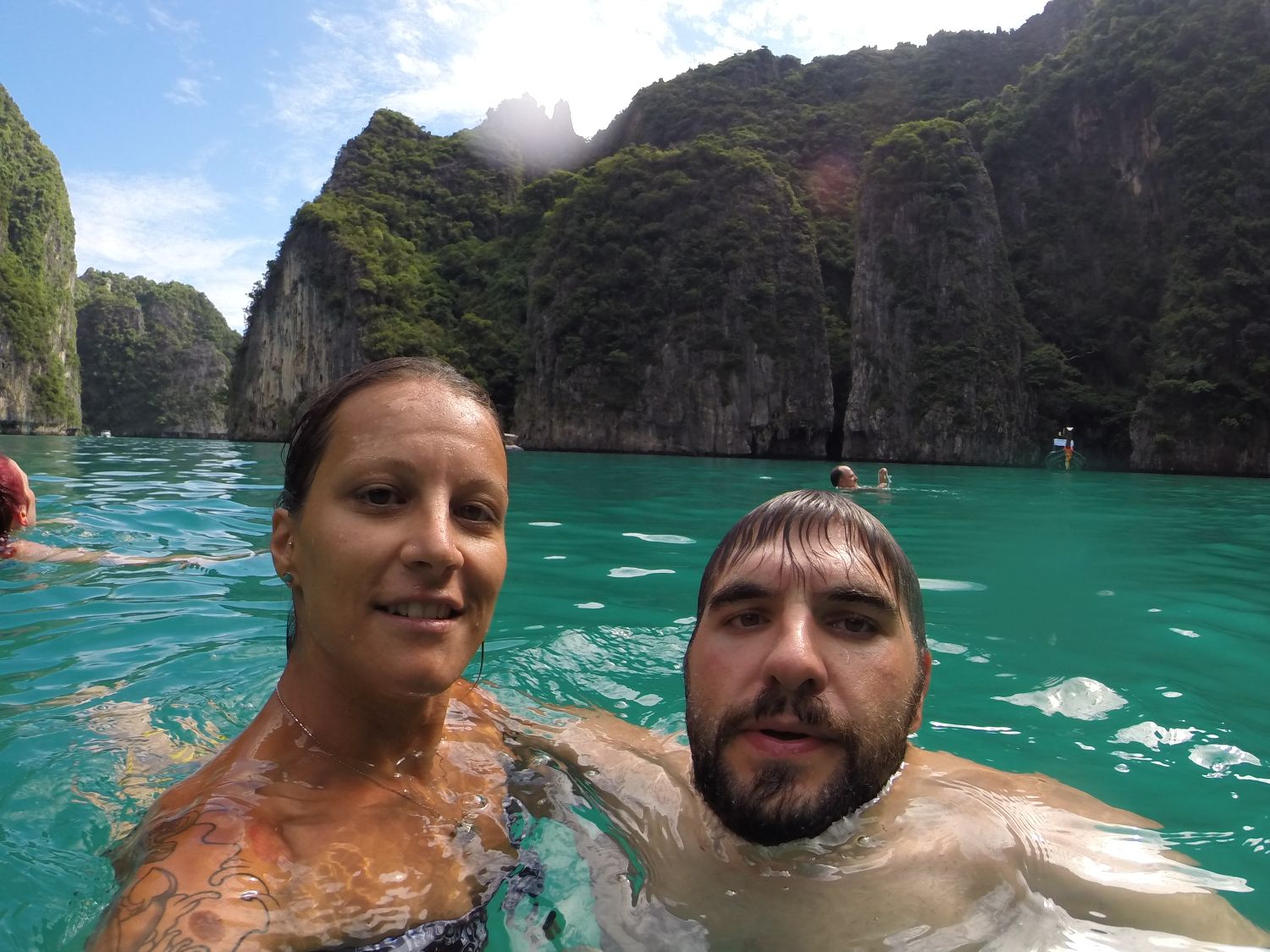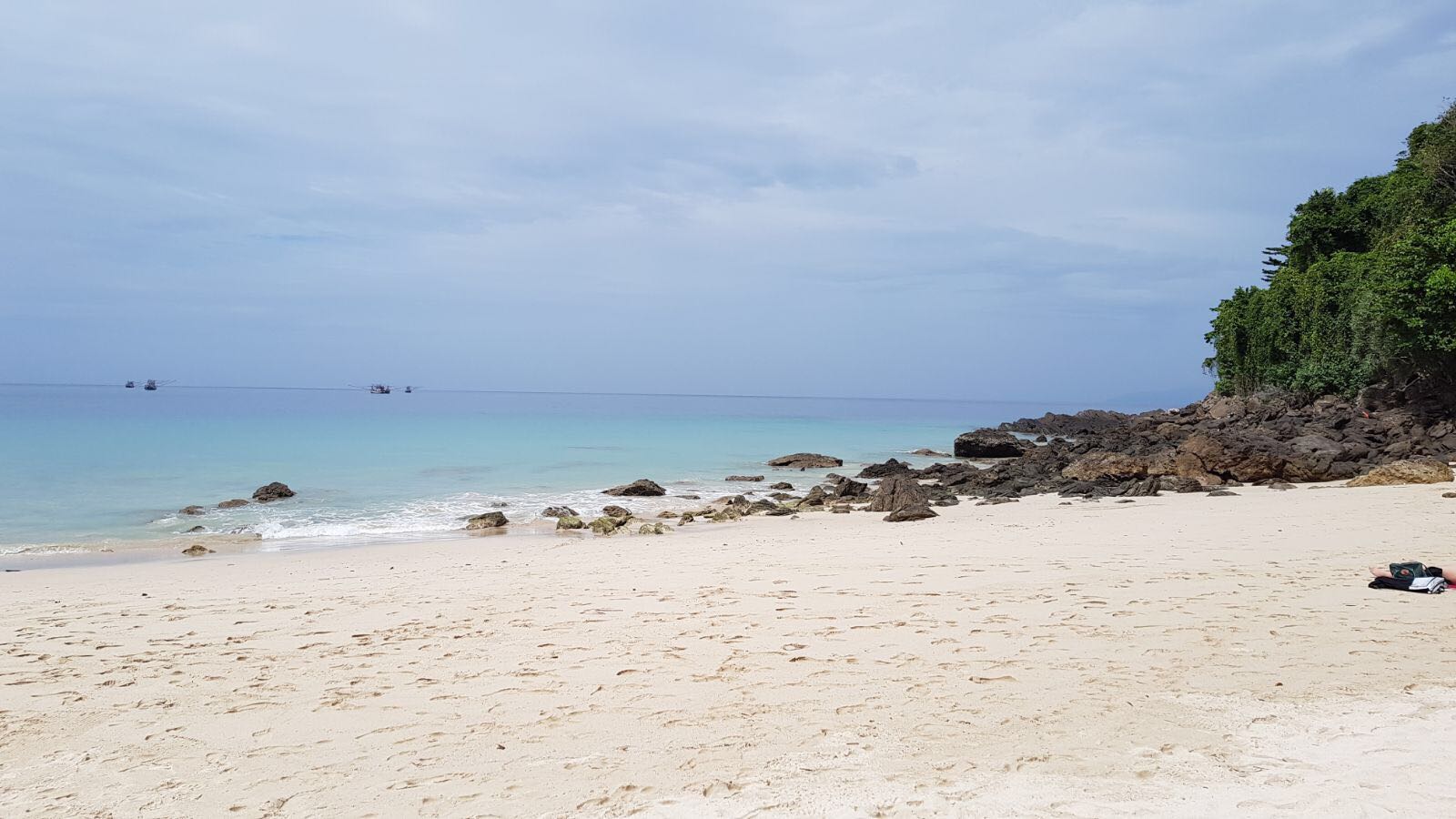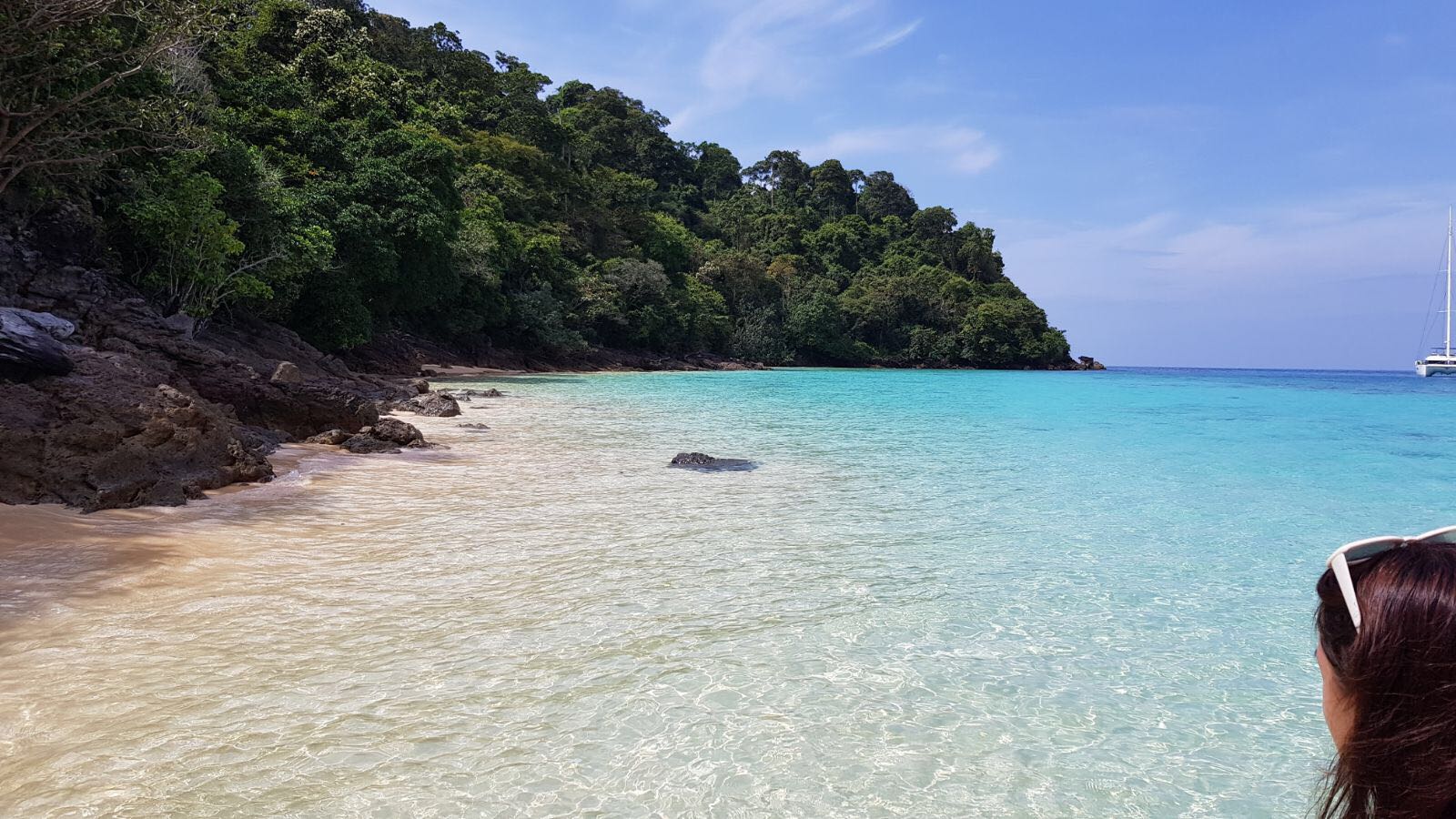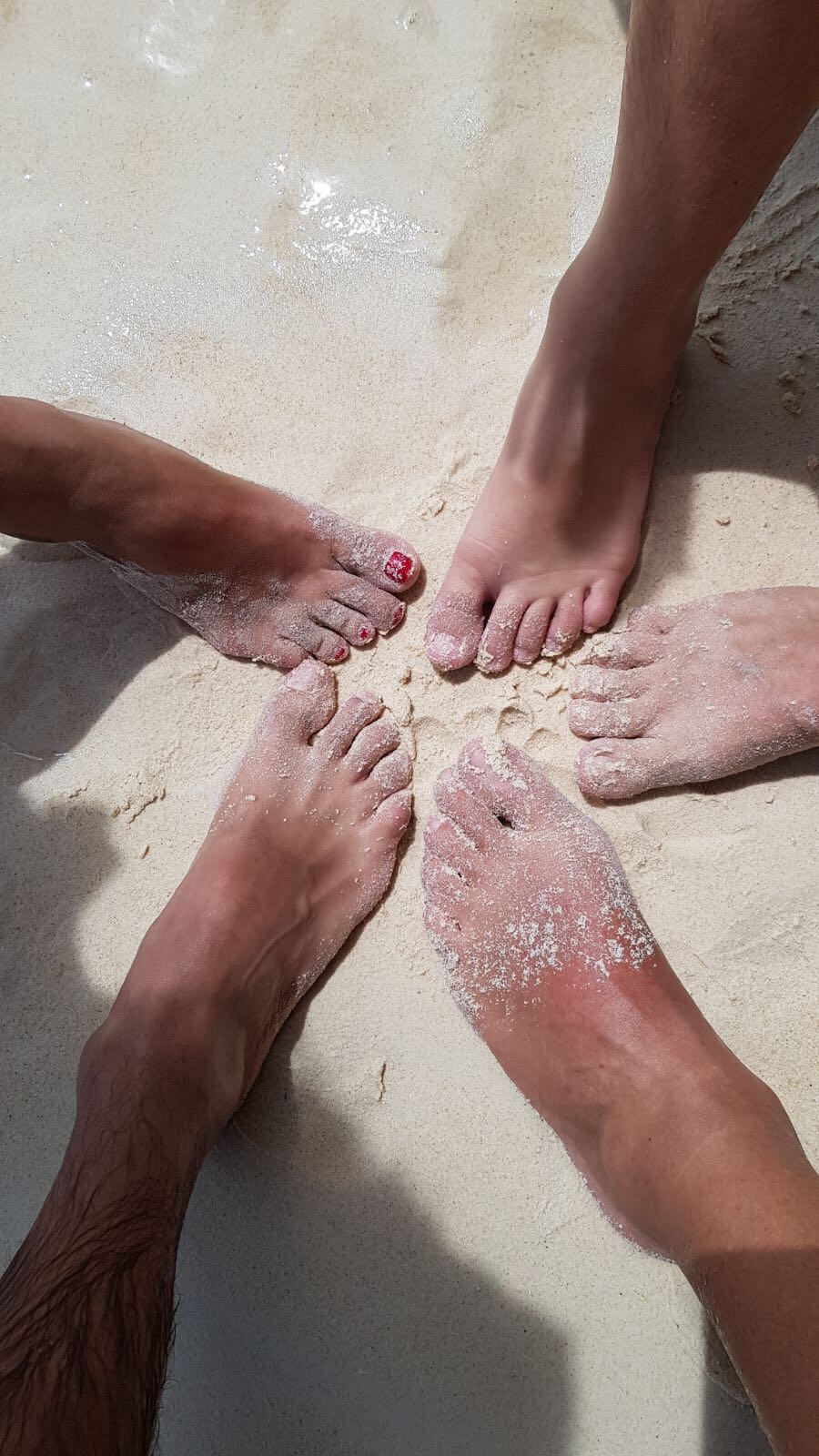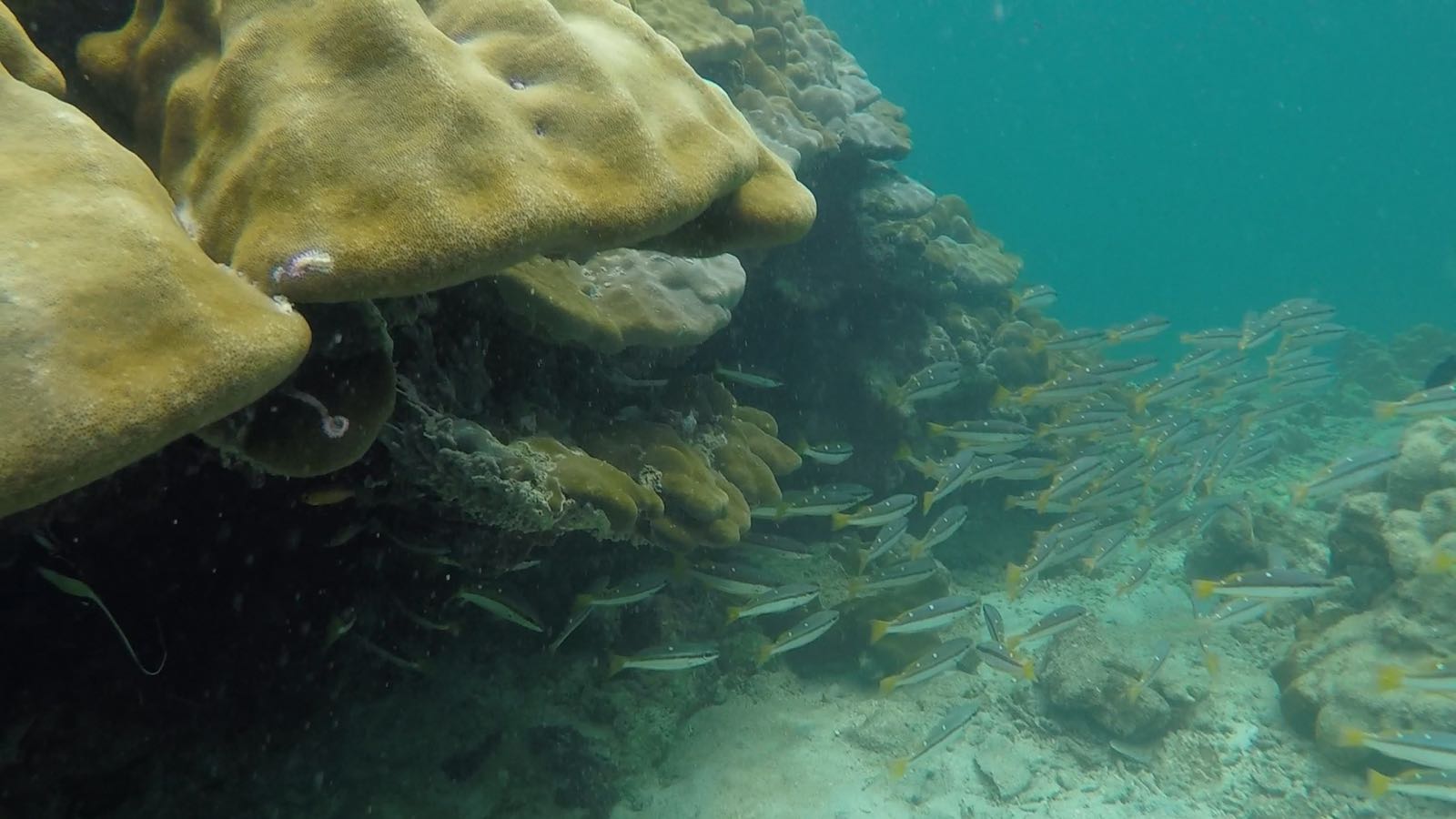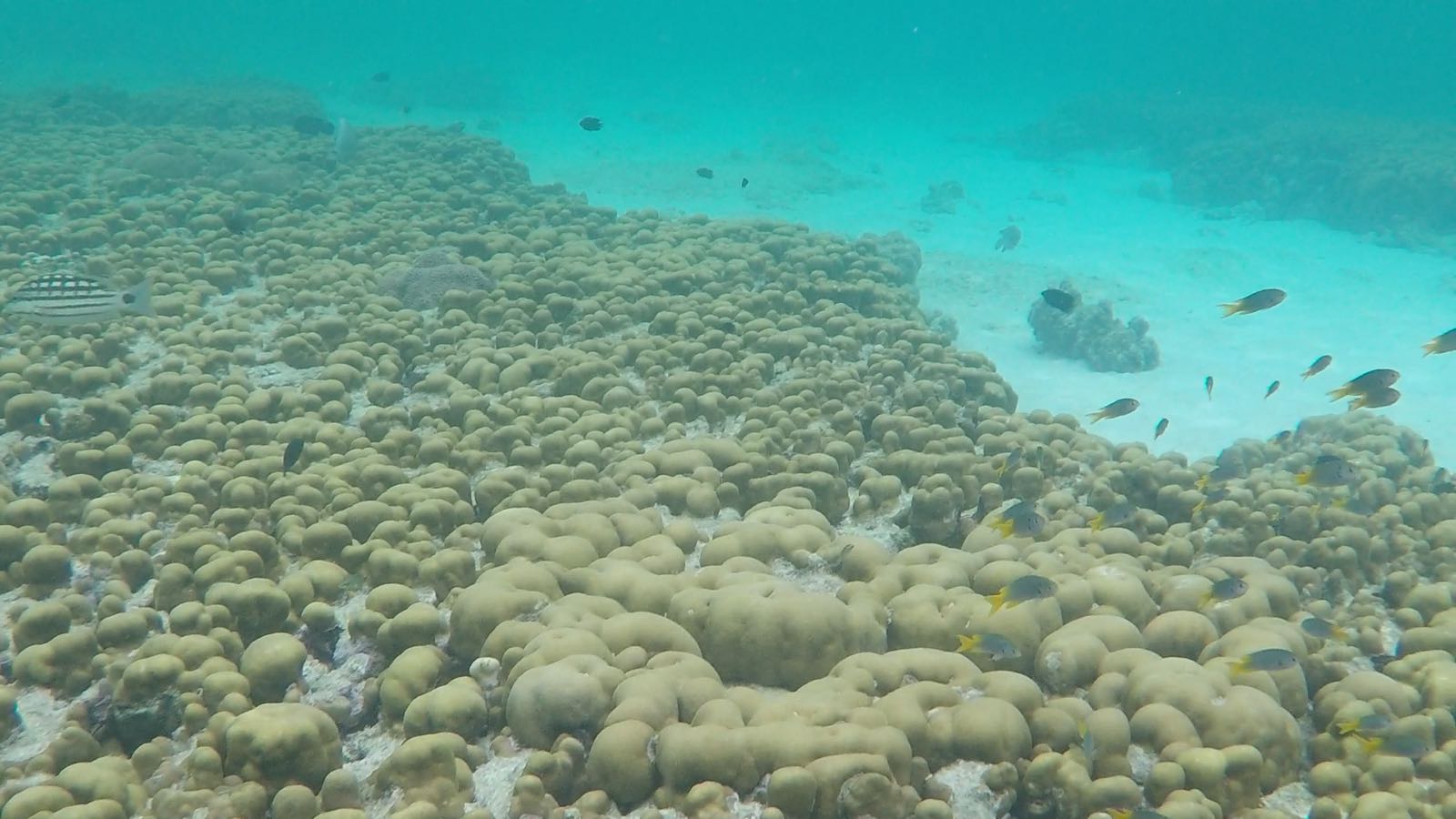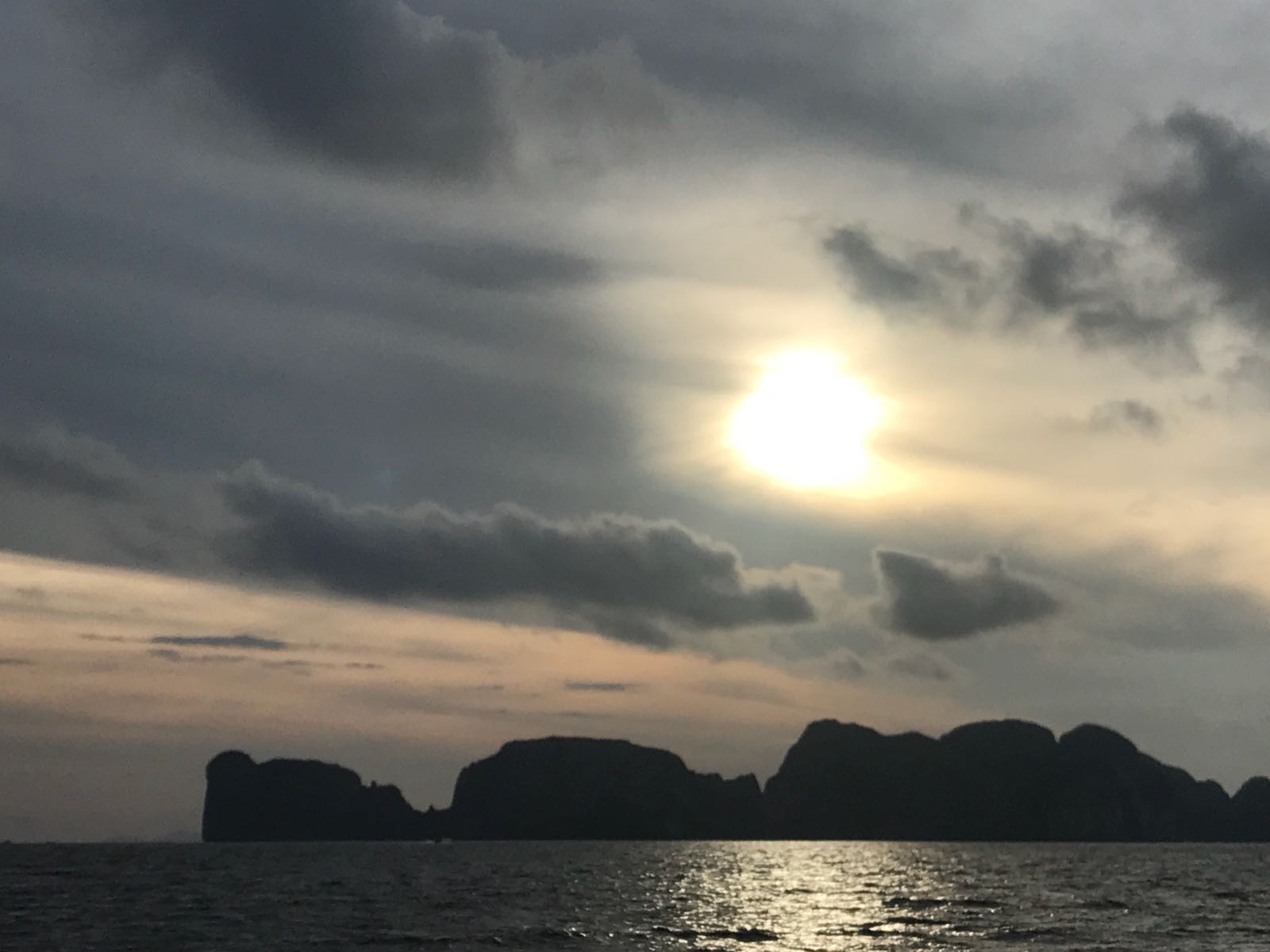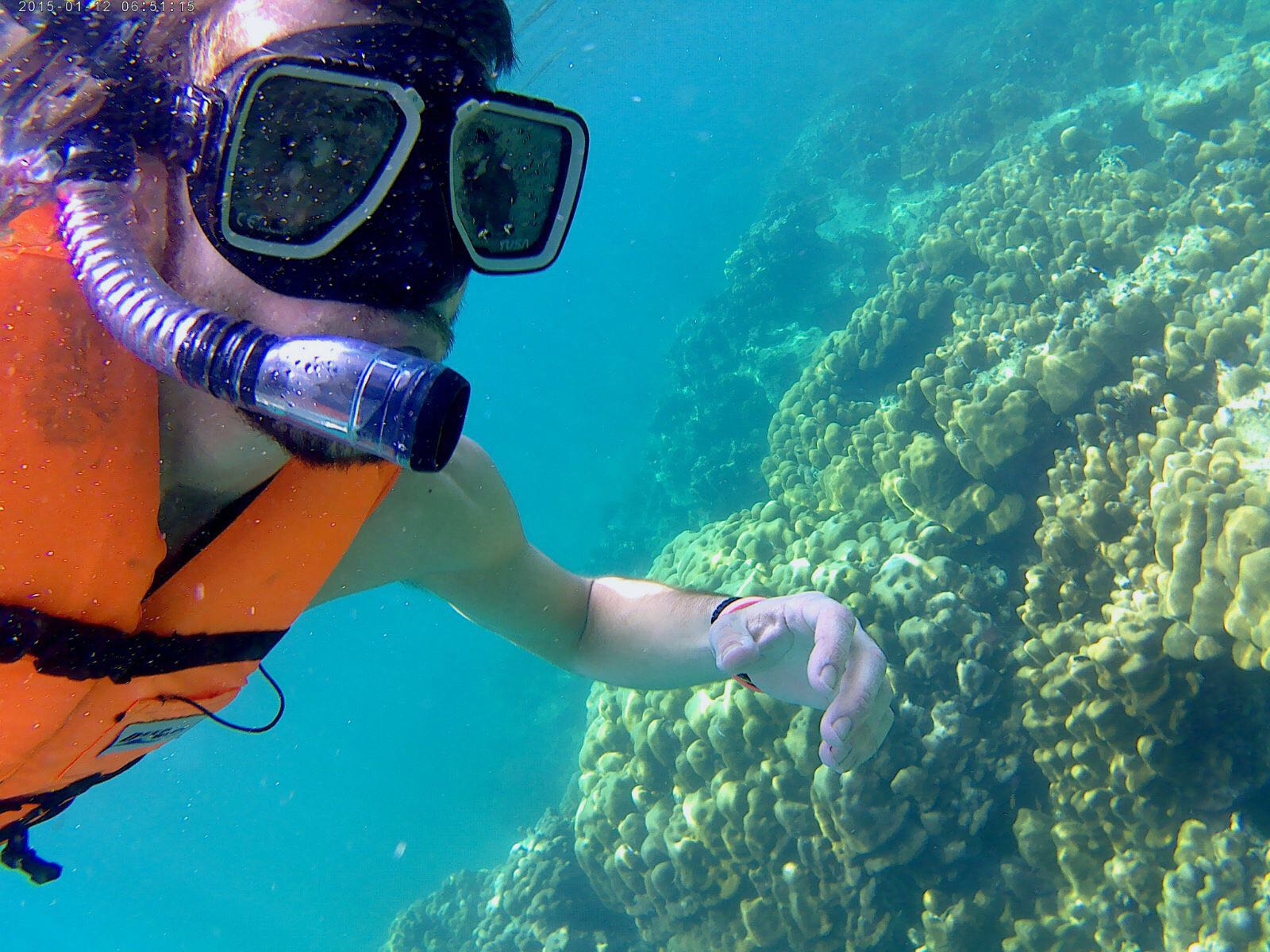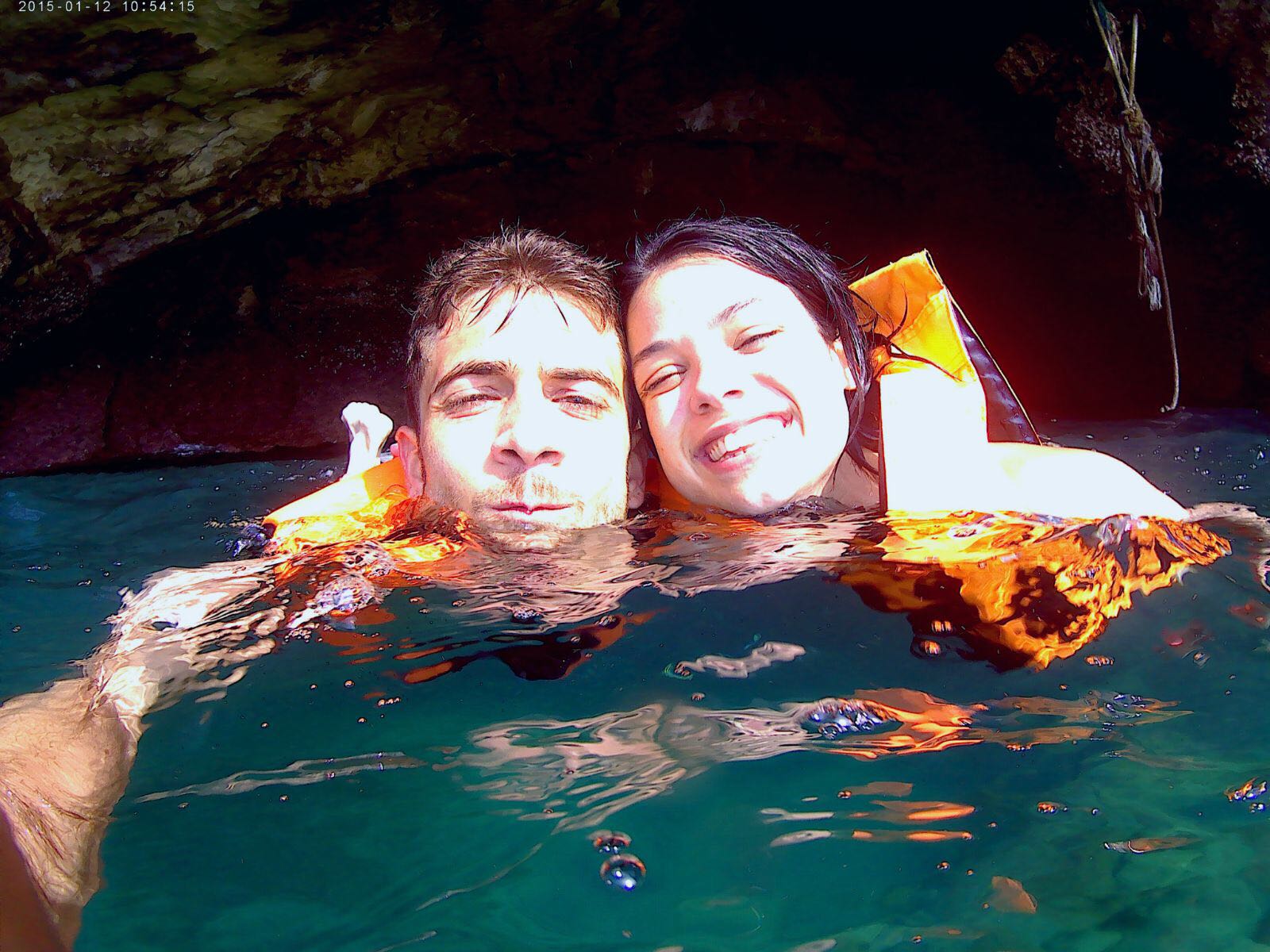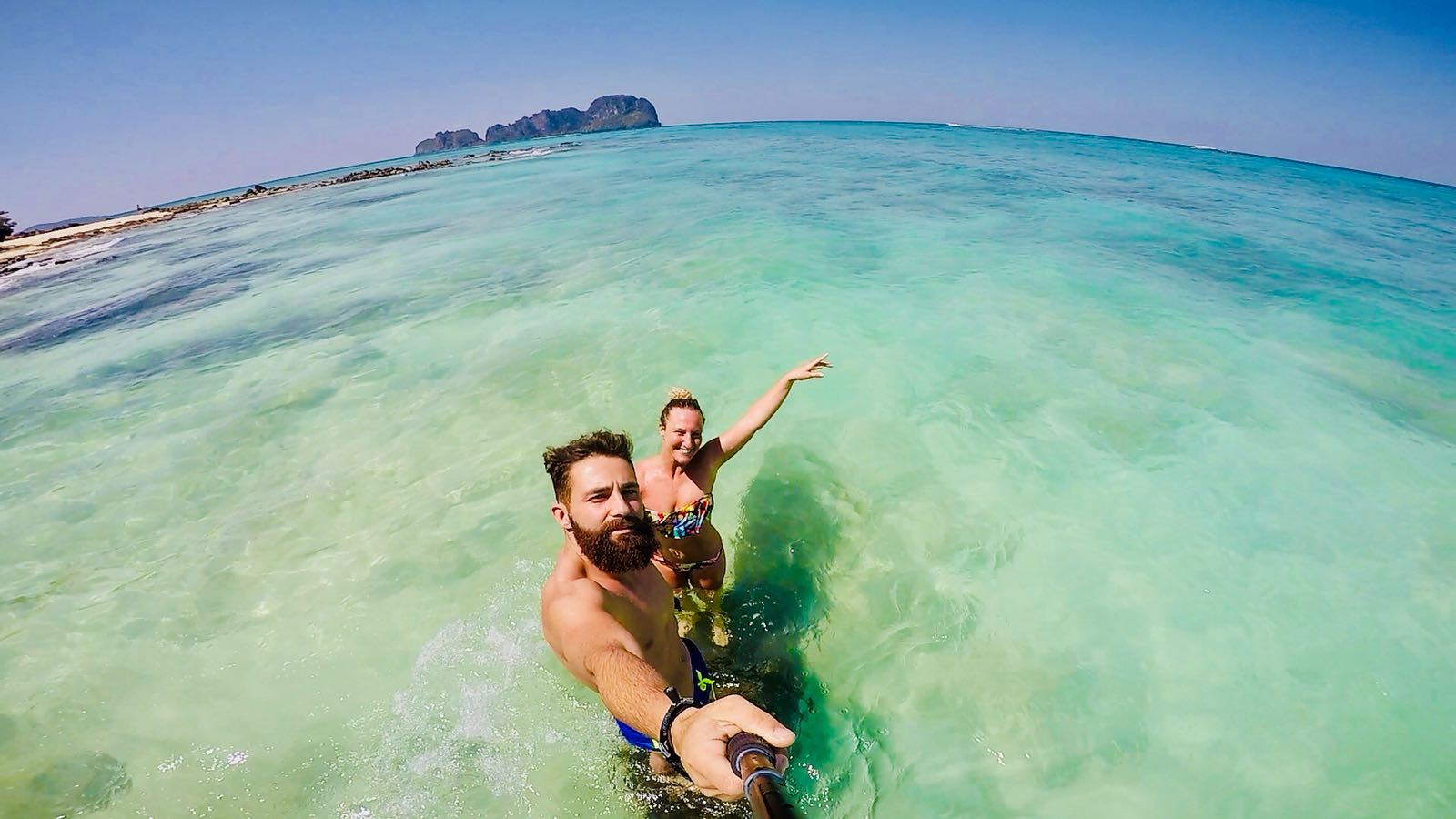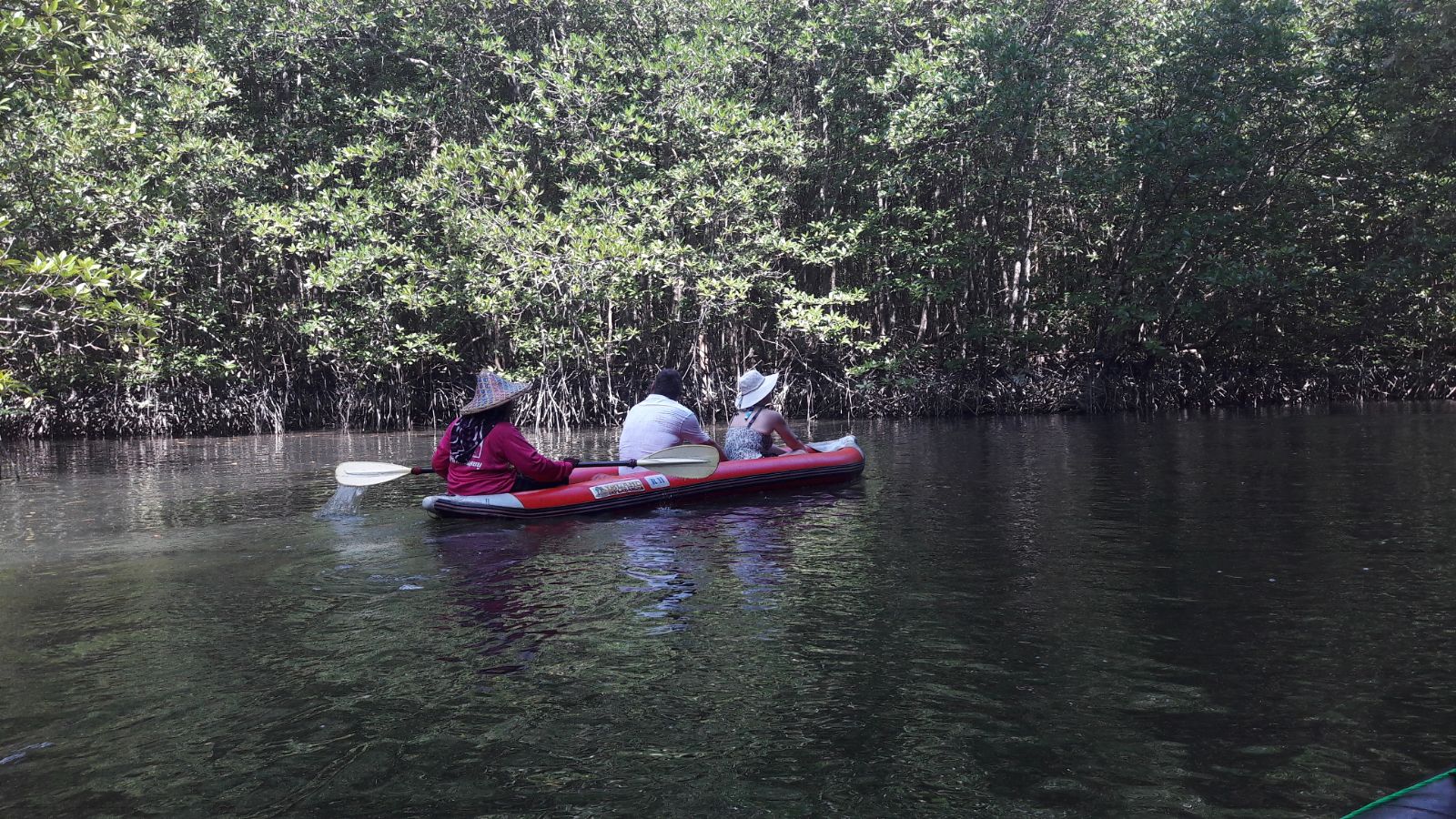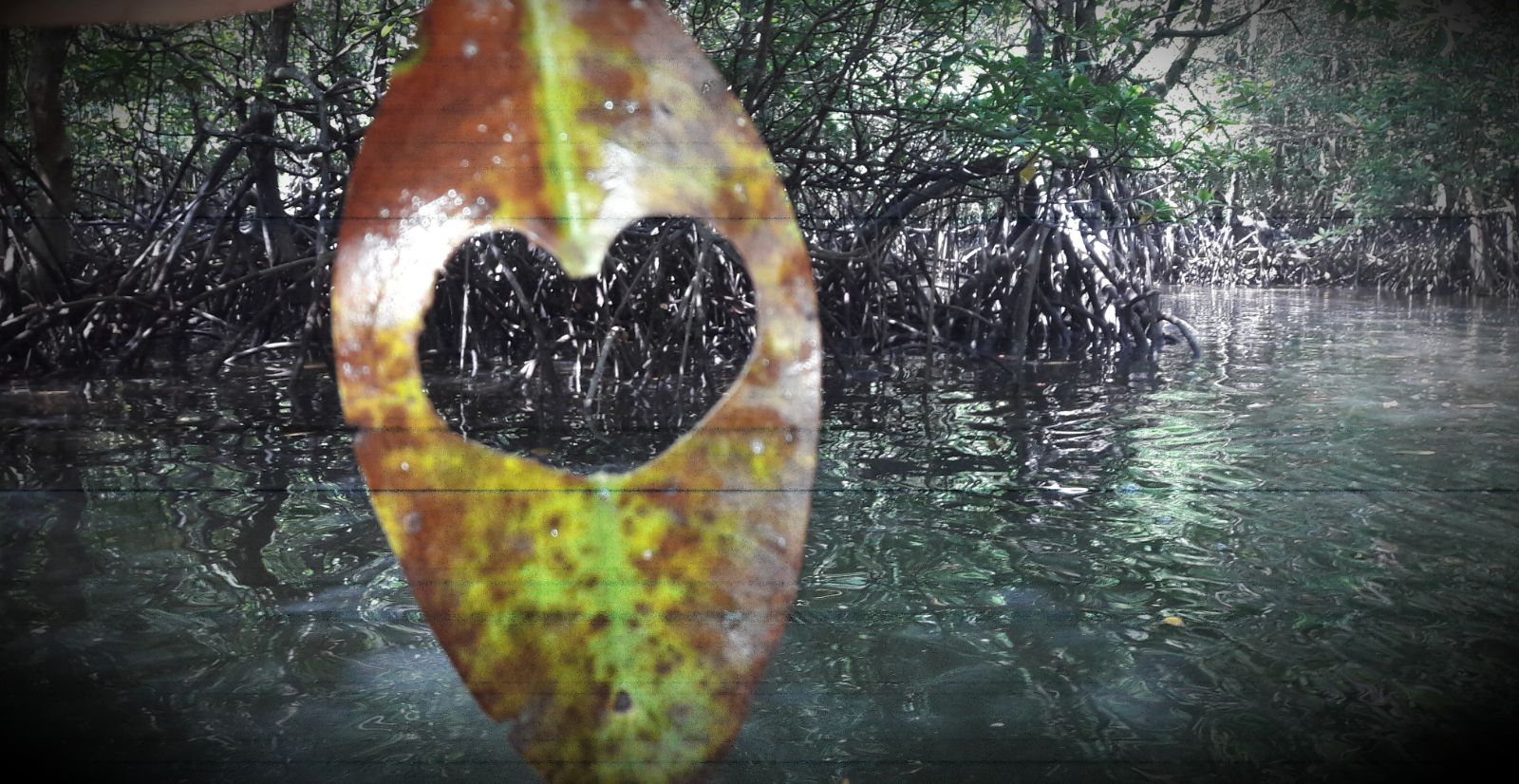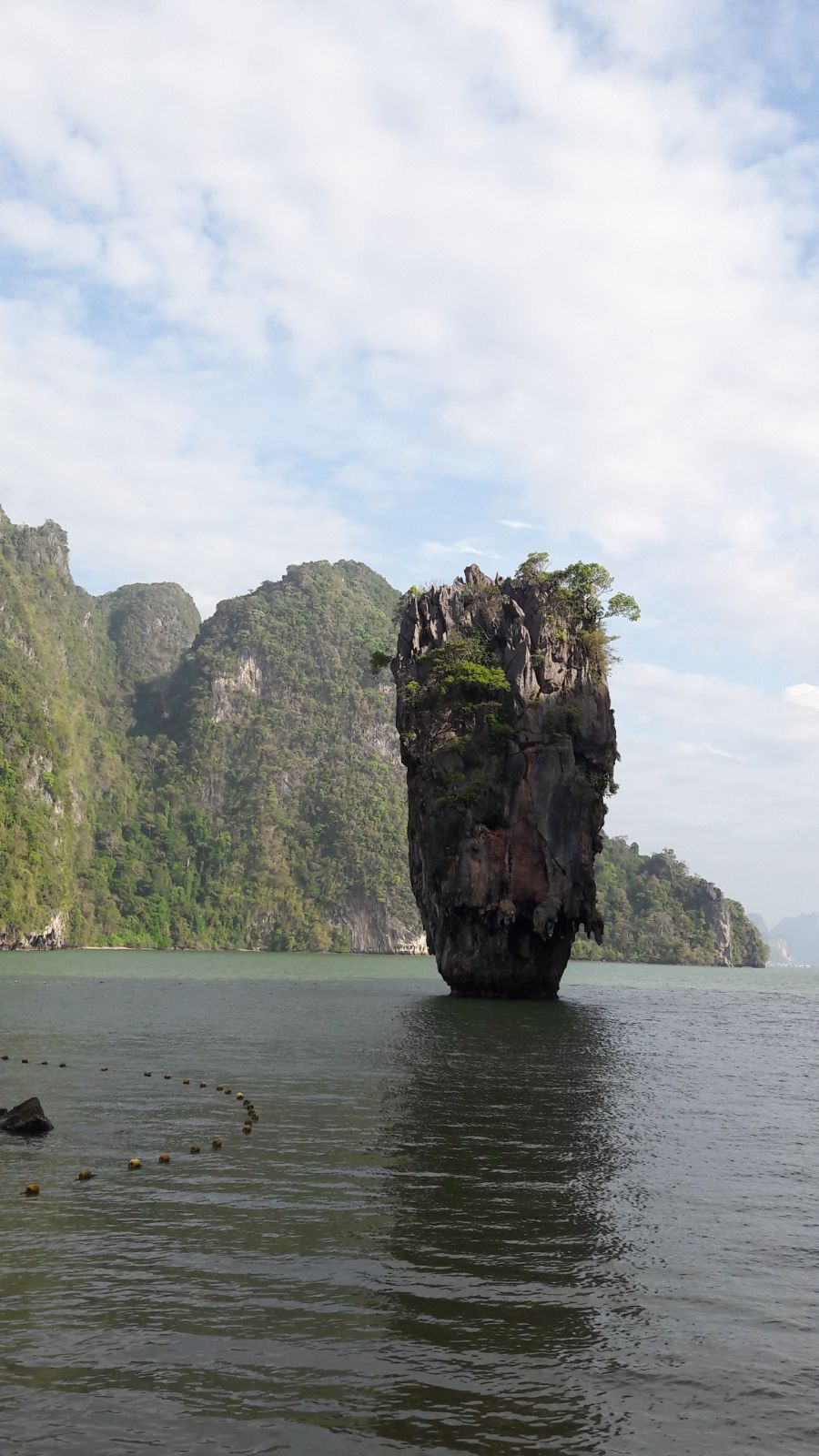Come vi accennavo qualche giorno fa lavorando nel settore le
notizie mi arrivano sempre prima ma non è giusto divulgarle fino a che non si
ha qualcosa di scritto da parte degli enti competenti.
Quindi campeggio chiuso per sempre, tende e bungalows
smantellati, non si dorme alle Similan nemmeno in barca, si va in giornata
punto e basta!
GIUSTO! Altrimenti pochi anni sarebbe morto tutto...
La nostra proposta sulle Similan e Surin sarà dormire una
notte a Khao Lak facendo due gite in giornata come abbiamo già iniziato a
proporre da qualche anno.
Naturalmente c'è sempre la possibilità di partire
direttamente da Phuket in motoscafo per le Similan in giornata.
Nel pacchetto con "overnight" Similan+Surin con
notte a Khao Lak avremo nuovi programmi e fantastiche idee che adesso non posso
svelare ma resterete molto colpiti!
Quindi Similan SI ve le faremo visitare nel migliore modo
possibile e senza tanti "sbattimenti" sono ormai quattro anni che non
vendiamo più il pacchetto con soggiorno sulle isole anticipando i tempi ci
siamo specializzati a proporre le migliori alternative.
Naturalmente il tutto dalla metà di Ottobre in poi...
https://www.bangkokpost.com/news/general/1475869/overnight-stays-banned-on-similan
image: https://www.thephuketnews.com/photo/listing/2018/1527731055_1-org.jpg

If anyone asks why tourists are banned from overnight stays in Similan National Park, just refer them to the photo above – a typical morning at Moo Koh Similan Marine National Park. Photo: Screengrab via Thai PBS
The famous island will be available for day trips only. The policy will make it easier for authorities to protect natural resources, said Thon Thamrongnawasawat, a marine ecologist and chairman of the government’s committee to draft a national master plan for marine resources management.
“The Moo Koh Similan National Park now sees an overwhelming number of visitors … the day-trip only option comes as a concrete step to cope with the problem,” said Dr Thon, deputy dean of Kasetsart University’s Faculty of Fisheries.
“They may trek, swim, dive but will have to leave at the end of the day,” he added.
The ban on overnight stays will start in October, when the marine park is officially open to tourists. The park was closed earlier this month.
Similan Island is the only one of nine islands in the national park that provides bungalows and camping grounds for visitors.
The overnight stay facilities were operated by the state.
The ban was announced by the National Park Office of the National Park, Wildlife and Plant Conservation Department last Friday (May 25).
The department has already dismantled most of the bungalows and camping facilities, according to department director Songtam Suksawang.
“The cost-effectiveness of the repair of those houses is one factor, while concerns over the impact of wastewater from houses on the park’s environment is a more important factor leading to the decision to remove all those houses,” he said.
Similan Island, he said, was not suitable for overnight stays given a lack of fresh water and limited space, unlike larger islands such as in Tarutao National Park in Satun that are large enough to accommodate visitors, he said.
A boat ride to Similan is approximately one hour, so it isn’t necessary for anyone to spend the night at the park, he said.
The ban on overnight stays would also help cut an unnecessary workload on the park’s staff, he said.
The department is conducting an alternative tourism policy, he added.
“The Moo Koh Similan National Park now sees an overwhelming number of visitors … the day-trip only option comes as a concrete step to cope with the problem,” said Dr Thon, deputy dean of Kasetsart University’s Faculty of Fisheries.
“They may trek, swim, dive but will have to leave at the end of the day,” he added.
The ban on overnight stays will start in October, when the marine park is officially open to tourists. The park was closed earlier this month.
Similan Island is the only one of nine islands in the national park that provides bungalows and camping grounds for visitors.
The overnight stay facilities were operated by the state.
The ban was announced by the National Park Office of the National Park, Wildlife and Plant Conservation Department last Friday (May 25).
“The cost-effectiveness of the repair of those houses is one factor, while concerns over the impact of wastewater from houses on the park’s environment is a more important factor leading to the decision to remove all those houses,” he said.
Similan Island, he said, was not suitable for overnight stays given a lack of fresh water and limited space, unlike larger islands such as in Tarutao National Park in Satun that are large enough to accommodate visitors, he said.
A boat ride to Similan is approximately one hour, so it isn’t necessary for anyone to spend the night at the park, he said.
The ban on overnight stays would also help cut an unnecessary workload on the park’s staff, he said.
The department is conducting an alternative tourism policy, he added.
Read more at https://www.thephuketnews.com/overnight-stays-banned-on-similan-from-october-67302.php#Say23AWAq7KkZ2Qf.99








































































































































